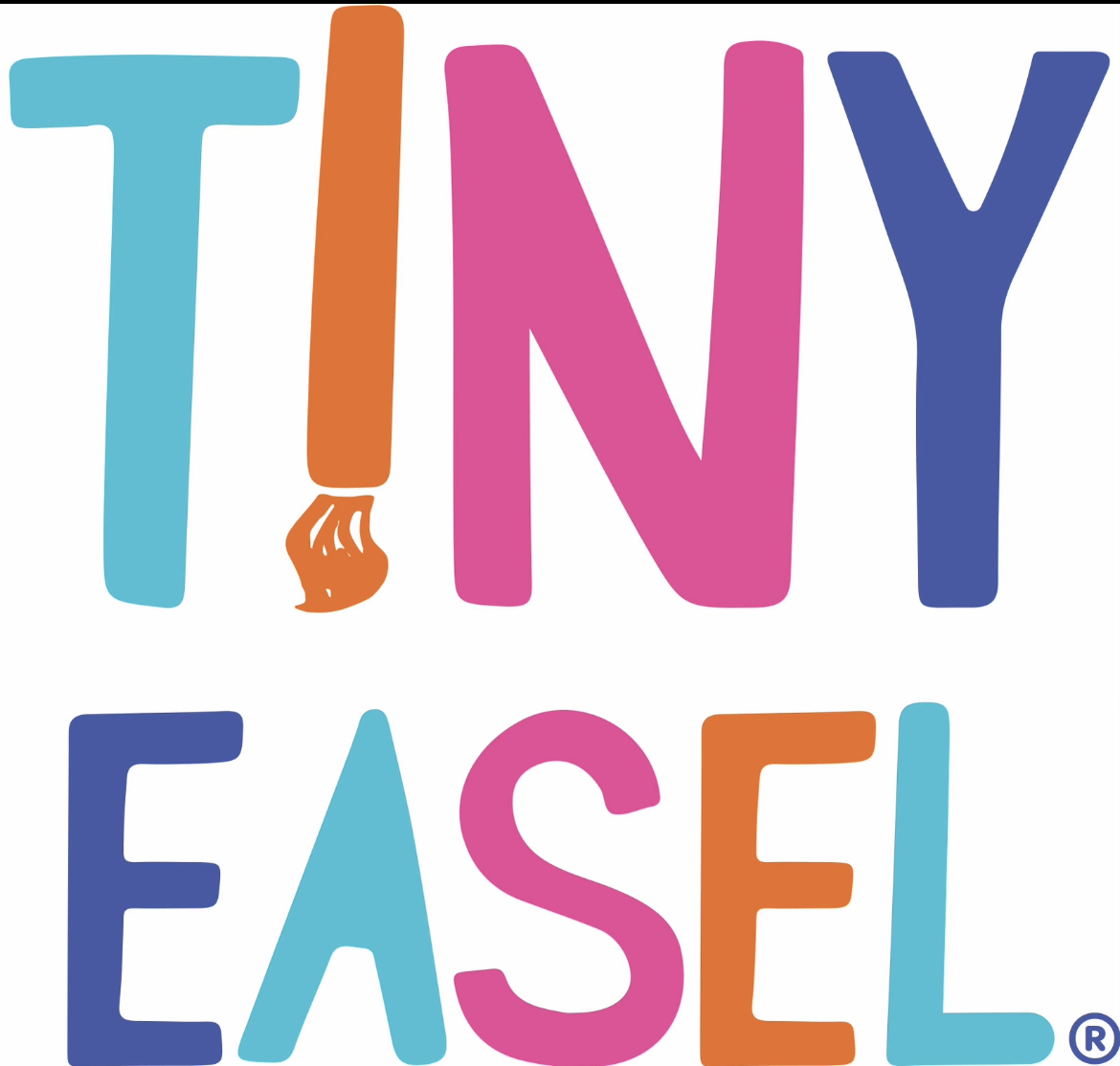Creating a butterfly garden is a wonderful way to bring beauty, color, and life to your outdoor space while also supporting local ecosystems. Butterflies are not only a delight to watch, but they also play an important role as pollinators, helping plants produce fruits and seeds. To attract these lovely insects, it’s essential to plant flowers that provide nectar for adult butterflies as well as host plants for their caterpillars. This guide will introduce you to the best plants for a butterfly garden, helping you create a welcoming habitat for these delicate creatures.
Butterfly Bush (Buddleja davidii)
The butterfly bush is a favorite among gardeners for its beautiful, fragrant flowers that attract butterflies in droves. This deciduous shrub produces large clusters of blossoms in shades of purple, pink, white, or yellow, and it blooms from summer into fall, providing a long-lasting nectar source for butterflies.
Butterfly bush is easy to grow and thrives in full sun with well-draining soil. It is drought-tolerant once established, making it a low-maintenance option for your garden. Be mindful, however, that in some regions, butterfly bush can be invasive, so it’s important to choose sterile or non-invasive cultivars to avoid disrupting local ecosystems.
Milkweed (Asclepias spp.)
Milkweed is an essential plant for any butterfly garden, especially if you want to attract monarch butterflies. Monarchs lay their eggs exclusively on milkweed, and their caterpillars feed on its leaves. In addition to being a host plant for monarchs, milkweed also produces clusters of fragrant, nectar-rich flowers that attract many other butterfly species.
Common milkweed, swamp milkweed, and butterfly weed are all excellent choices for a butterfly garden. These plants thrive in full sun and are relatively low-maintenance. By planting milkweed, you can play a crucial role in supporting the declining monarch population while also providing nectar for a variety of pollinators.
Coneflower (Echinacea purpurea)
Coneflowers are a popular choice for butterfly gardens due to their large, daisy-like blooms that are rich in nectar. These hardy perennials come in shades of purple, pink, orange, and white, and they bloom from midsummer to fall, providing a reliable food source for butterflies throughout the season.
Coneflowers are easy to grow and thrive in full sun with well-draining soil. They are also drought-tolerant, making them an excellent choice for low-maintenance gardens. In addition to attracting butterflies, coneflowers also attract bees and other beneficial insects, making them a valuable addition to any pollinator-friendly garden.
Bee Balm (Monarda spp.)
Bee balm, also known as Monarda or bergamot, is a vibrant perennial that produces clusters of tubular flowers in shades of red, pink, purple, and white. The showy blooms are a favorite of butterflies, hummingbirds, and bees, making bee balm a must-have for any butterfly garden.
Bee balm prefers full sun to partial shade and moist, well-draining soil. It spreads easily, forming large clumps that can be divided every few years to keep the plant healthy. The aromatic leaves of bee balm can also be used to make tea, adding an extra layer of usefulness to this beautiful plant.
Lantana (Lantana camara)
Lantana is a sun-loving, heat-tolerant plant that produces clusters of small, brightly colored flowers that are irresistible to butterflies. The flowers change color as they age, adding visual interest to the garden. Lantana blooms from spring until frost, providing a consistent source of nectar for butterflies.
Lantana is best grown in full sun with well-draining soil, and it is tolerant of both heat and drought. In warmer climates, lantana can become a perennial, while in cooler regions, it is often grown as an annual. Be aware that lantana can be toxic to pets and livestock, so plant it with caution if you have animals that may come into contact with it.
Aster (Aster spp.)
Asters are late-season bloomers that provide a crucial source of nectar for butterflies in the fall when many other flowers have finished blooming. These perennials produce daisy-like flowers in shades of purple, blue, pink, and white, and they attract a wide variety of butterflies, including painted ladies and skippers.
Asters prefer full sun and well-draining soil, and they are relatively low-maintenance once established. Planting asters in your butterfly garden will help extend the blooming season and ensure that butterflies have access to nectar late in the year.
Black-Eyed Susan (Rudbeckia hirta)
Black-eyed Susans are cheerful, sun-loving perennials that produce bright yellow flowers with dark centers. Their blooms are rich in nectar, making them a favorite of butterflies, bees, and other pollinators. Black-eyed Susans bloom from midsummer to fall, adding a splash of color to your garden and providing a reliable food source for butterflies.
These hardy plants are easy to grow and thrive in full sun with well-draining soil. They are also drought-tolerant and deer-resistant, making them a practical choice for any garden. Black-eyed Susans can self-seed, helping to create a natural, wild look in your butterfly garden.
Verbena (Verbena spp.)
Verbena is a low-growing, spreading plant that produces clusters of small, colorful flowers that are highly attractive to butterflies. Verbena blooms from spring through fall, providing a long-lasting nectar source that will keep butterflies coming back to your garden.
This plant prefers full sun and well-draining soil, and it is drought-tolerant once established. Verbena is often used as a ground cover or in hanging baskets, making it a versatile addition to your butterfly garden. The bright, cheerful flowers of verbena will add a pop of color to your garden while providing essential nourishment for pollinators.
Butterfly Weed (Asclepias tuberosa)
Butterfly weed is a type of milkweed that produces clusters of bright orange flowers that are highly attractive to butterflies. In addition to being a nectar source for adult butterflies, butterfly weed is also a host plant for monarch caterpillars, making it an important addition to any butterfly garden.
Butterfly weed prefers full sun and well-draining soil, and it is drought-tolerant once established. This hardy perennial is easy to grow and will add a vibrant splash of color to your garden while supporting the monarch butterfly population.
Joe-Pye Weed (Eutrochium purpureum)
Joe-Pye weed is a tall, perennial wildflower that produces large clusters of pink or purplish flowers that are rich in nectar. This plant is a magnet for butterflies, especially in late summer and early fall when it is in full bloom. Joe-Pye weed can grow quite tall, making it an excellent choice for the back of a flower bed or as a focal point in your garden.
Joe-Pye weed prefers full sun to partial shade and moist, well-draining soil. It is relatively low-maintenance and will attract a wide variety of butterflies, bees, and other pollinators to your garden.
Yarrow (Achillea millefolium)
Yarrow is a hardy perennial that produces clusters of flat-topped flowers in shades of white, yellow, pink, and red. The flowers are rich in nectar and attract butterflies, bees, and other beneficial insects. Yarrow blooms from late spring to early fall, providing a long-lasting source of food for pollinators.
Yarrow prefers full sun and well-draining soil, and it is drought-tolerant once established. This low-maintenance plant is also deer-resistant and can be used in both formal and informal garden settings. In addition to attracting butterflies, yarrow can also be used as a medicinal herb, adding extra value to your garden.
Creating a Butterfly-Friendly Habitat
To create a successful butterfly garden, it’s important to provide more than just nectar-rich flowers. Butterflies also need host plants where they can lay their eggs and where their caterpillars can feed. Including a mix of nectar plants and host plants will help support the entire butterfly life cycle. For example, planting milkweed will attract monarchs, while parsley, fennel, and dill will attract swallowtails.
Providing a shallow water source, such as a birdbath with pebbles or a shallow dish with water, will also help attract butterflies to your garden. Butterflies need water to stay hydrated, and they often gather in muddy areas to absorb minerals—a behavior known as “puddling.” You can create a puddling station by filling a shallow dish with sand and keeping it moist.
Avoid using pesticides in your butterfly garden, as these chemicals can be harmful to butterflies and other pollinators. Instead, focus on creating a healthy garden ecosystem by encouraging natural predators, such as ladybugs and birds, to keep pest populations in check.
With the right combination of nectar-rich flowers, host plants, water, and shelter, you can create a thriving butterfly garden that will attract a variety of butterfly species and bring a sense of magic to your outdoor space. Not only will you be supporting these beautiful pollinators, but you’ll also enjoy the vibrant colors and lively activity that butterflies bring to your garden.








